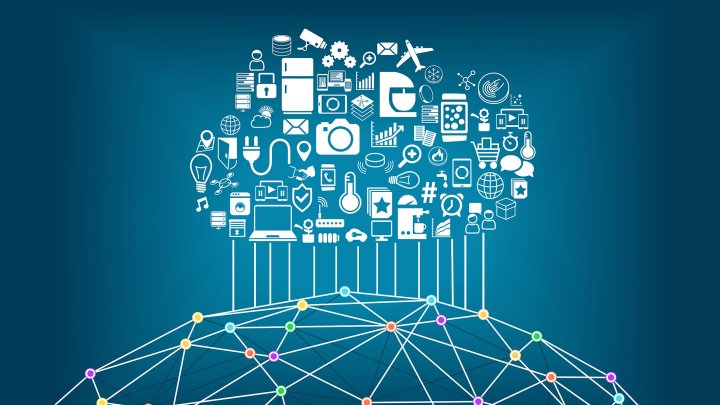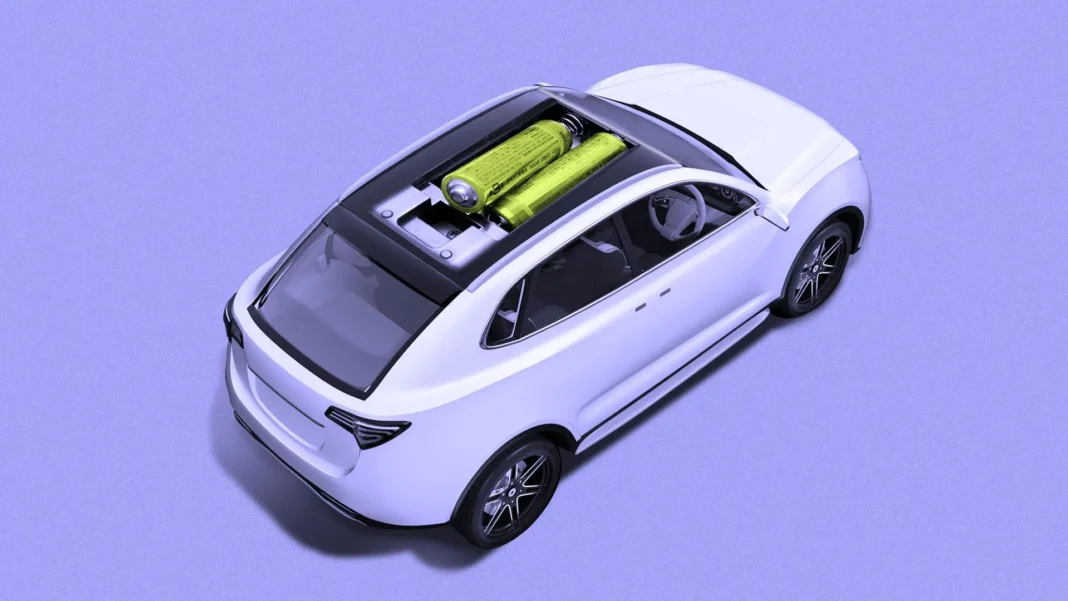In today’s digital age, students are no longer confined to traditional learning methods. With the advent of the Internet of Things (IoT), a vast network of interconnected devices, students now have access to a wealth of information, tools, and resources at their fingertips. The IoT has transformed education, enabling students to connect, collaborate, and inspire one another like never before. Furthermore, the potential of IoT extends far beyond the realm of education, making a significant impact across various industries. In this article, we will explore how students are leveraging the IoT to connect and inspire and discuss its applications in other sectors.
Enhancing Communication and Collaboration:
The IoT has revolutionized the way students communicate and collaborate with their peers, both locally and globally. Connected devices, such as smartphones, tablets, and wearables, facilitate seamless communication and enable real-time collaboration. Students can participate in online forums, engage in video conferences, and share resources effortlessly. This enhanced connectivity breaks down geographical barriers, fostering a global community of learners who can exchange ideas and collaborate on projects.
Empowering Personalized Learning:
IoT devices provide students with personalized learning experiences tailored to their individual needs. By collecting data on student behavior, preferences, and performance, IoT-powered systems can adapt and customize educational content. For example, smart learning platforms can analyze a student’s progress and suggest personalized study plans or recommend supplementary resources to address specific areas of improvement. This level of personalization enhances student engagement, motivation, and overall academic success.
Revolutionizing Classroom Management:
IoT technology has significantly improved classroom management, making administrative tasks more efficient and creating a conducive learning environment. Smart devices and sensors can automate various aspects, such as attendance tracking, temperature control, and lighting adjustments. This automation saves time, optimizes resource allocation, and allows educators to focus more on teaching and student interaction.
Promoting Environmental Sustainability:
The IoT plays a crucial role in promoting environmental sustainability among students. Connected sensors can monitor energy usage, water consumption, and waste management within educational institutions. Real-time data insights enable students to identify areas of improvement and implement eco-friendly practices. Moreover, IoT-powered systems can control lighting and HVAC systems based on occupancy, thereby reducing energy wastage. By integrating IoT technology into sustainability initiatives, students become conscious global citizens, actively contributing to a greener future.
Expanding Career Opportunities:
Students proficient in IoT technology gain a competitive edge in the job market. As IoT becomes increasingly prevalent, various industries require professionals with skills in IoT implementation, management, and data analysis. Sectors such as healthcare, manufacturing, transportation, and agriculture are embracing IoT to optimize operations, enhance productivity, and create innovative solutions. By harnessing the power of IoT in their educational journey, students can prepare themselves for emerging job opportunities in these industries.
Transforming Healthcare:
The IoT has the potential to revolutionize the healthcare industry, improving patient care and outcomes. Medical devices equipped with IoT sensors enable remote patient monitoring, allowing doctors to collect real-time data and make informed decisions. Students pursuing healthcare professions can leverage IoT technology to develop innovative solutions, such as wearable health trackers or smart medication dispensers, to enhance patient well-being and quality of life.
Enabling Smart Agriculture:
IoT technology is transforming the agricultural sector by enabling precision farming and efficient resource management. Connected sensors can monitor soil moisture, temperature, and nutrient levels, providing farmers with valuable insights for optimal crop cultivation. Students can leverage IoT in agriculture to develop smart irrigation systems, crop monitoring platforms, and automated pest control methods, contributing to sustainable and high-yield farming practices.
- What is the Internet of Things examples?
The Internet of Things (IoT) encompasses a vast network of interconnected devices that communicate and share data with each other. Here are some examples of IoT devices:
a) Smart Home Devices: These include smart thermostats, security cameras, door locks, and appliances that can be controlled remotely via a smartphone or voice commands.
b) Wearable Devices: Fitness trackers, smartwatches, and health monitoring devices are examples of IoT wearables that collect and transmit data about the user’s health and activities.
c) Connected Cars: Modern vehicles equipped with IoT technology can gather real-time data on performance, provide navigation assistance, and enable remote diagnostics.
d) Industrial Applications: IoT is widely used in industries for optimizing operations and enhancing productivity. Examples include smart factories, asset tracking systems, and predictive maintenance solutions.
e) Smart Cities: IoT is employed in creating smart city infrastructure, such as intelligent traffic management systems, public safety monitoring, and energy-efficient street lighting.
- What is the difference between the Web of Things and the Internet of Things?
The Web of Things (WoT) and the Internet of Things (IoT) are related concepts but with slight differences:
The Internet of Things refers to the network of physical devices connected to the Internet and capable of exchanging data. It focuses on the connectivity and data exchange between these devices.
On the other hand, the Web of Things extends the IoT by adding a layer of web-based protocols and standards. It enables seamless integration and interoperability of IoT devices with web technologies. The WoT allows IoT devices to communicate with web servers, applications, and other internet-based services, making it easier for developers to build applications that interact with IoT devices.
In summary, while the IoT is the network of connected devices, the WoT is a framework that enables interaction between these devices and web-based services.
- What is considered an Internet of Things device?
An Internet of Things device refers to any physical object or device that is connected to the Internet and has the capability to send and receive data. These devices typically have built-in sensors, processors, and communication modules that allow them to collect data and communicate with other devices or applications.
IoT devices come in various forms and serve different purposes. Examples of IoT devices include:
a) Smart Home Devices: Such as smart thermostats, lighting systems, security cameras, and voice-activated assistants.
b) Wearable Devices: Fitness trackers, smartwatches, and healthcare monitoring devices.
c) Industrial Sensors: Devices used in manufacturing, logistics, and agriculture for data collection and process optimization.
d) Connected Vehicles: Cars equipped with IoT capabilities for navigation, diagnostics, and entertainment systems.
e) Healthcare Devices: Remote patient monitoring systems, connected medical equipment, and health trackers.
f) Smart Appliances: Internet-connected refrigerators, washing machines, and kitchen appliances.
In general, any device that can connect to the internet, collect data, and communicate with other devices or services falls under the category of IoT devices.
- What is the Internet of Things used for?
The Internet of Things (IoT) has a wide range of applications across various industries. Here are some common uses of IoT:
a) Smart Homes: IoT enables homeowners to control and automate various aspects of their homes, such as temperature, lighting, security, and appliances, through connected devices and voice assistants.
b) Industrial Automation: IoT is used in manufacturing and industrial settings to optimize processes, monitor equipment performance, and enable predictive maintenance.
c) Healthcare: IoT devices are employed in healthcare for remote patient monitoring, wearable health trackers, medication adherence systems, and real-time health data collection.
d) Agriculture: IoT is used in precision farming to monitor soil conditions, automate irrigation, optimize resource usage, and improve crop yields.











